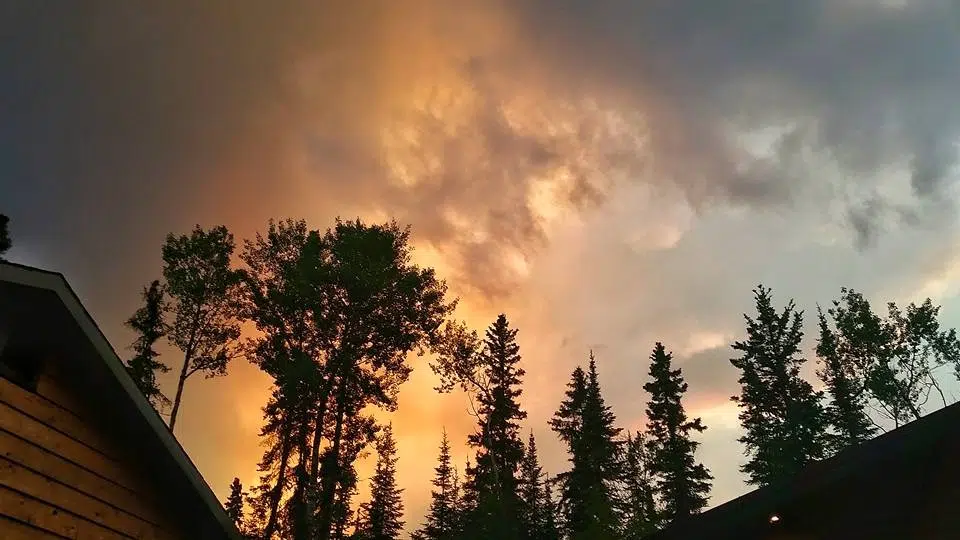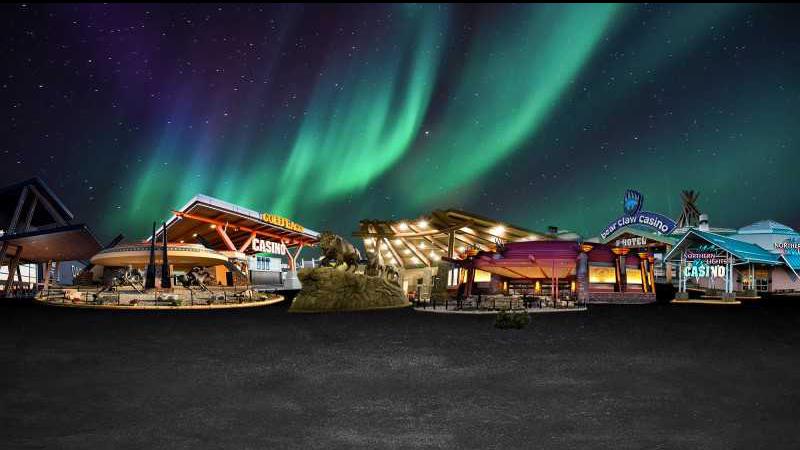
FIRE UPDATE: Three communities threatened by wildfires
Saskatchewan and out-of-province fire crews are so busy protecting northern communities immediately threatened by fires that they’re not currently dealing with fires in the remote north.
As of Monday there was a direct fire threat to the communities of Montreal Lake, Wadin Bay and Sucker River, said Duane McKay, commissioner of emergency management and fire safety with Government Relations.
So far, no buildings have been confirmed lost because of value protection in those areas.
McKay said they are ramping up efforts and doing all they can to get people out of all the affected communities.


